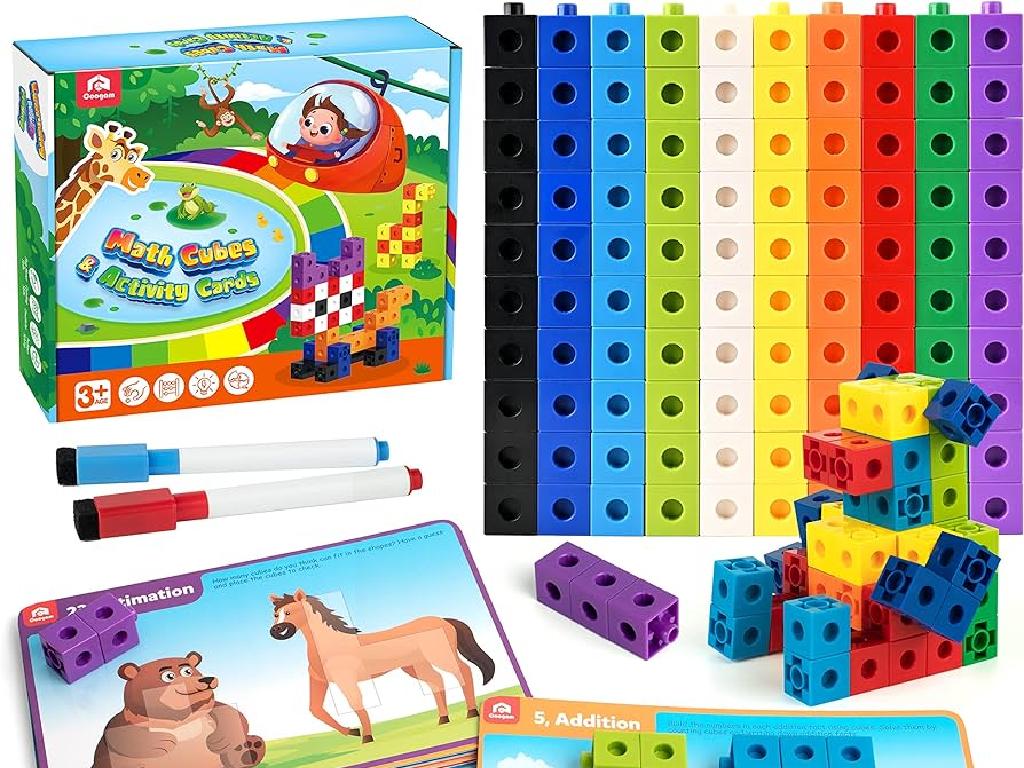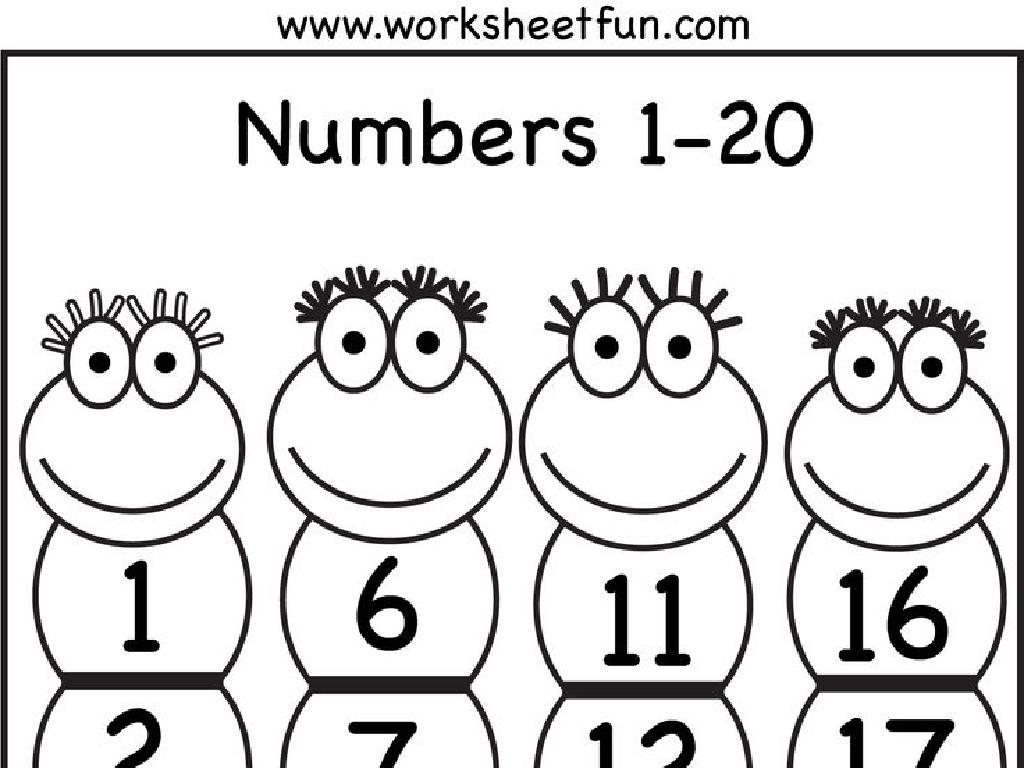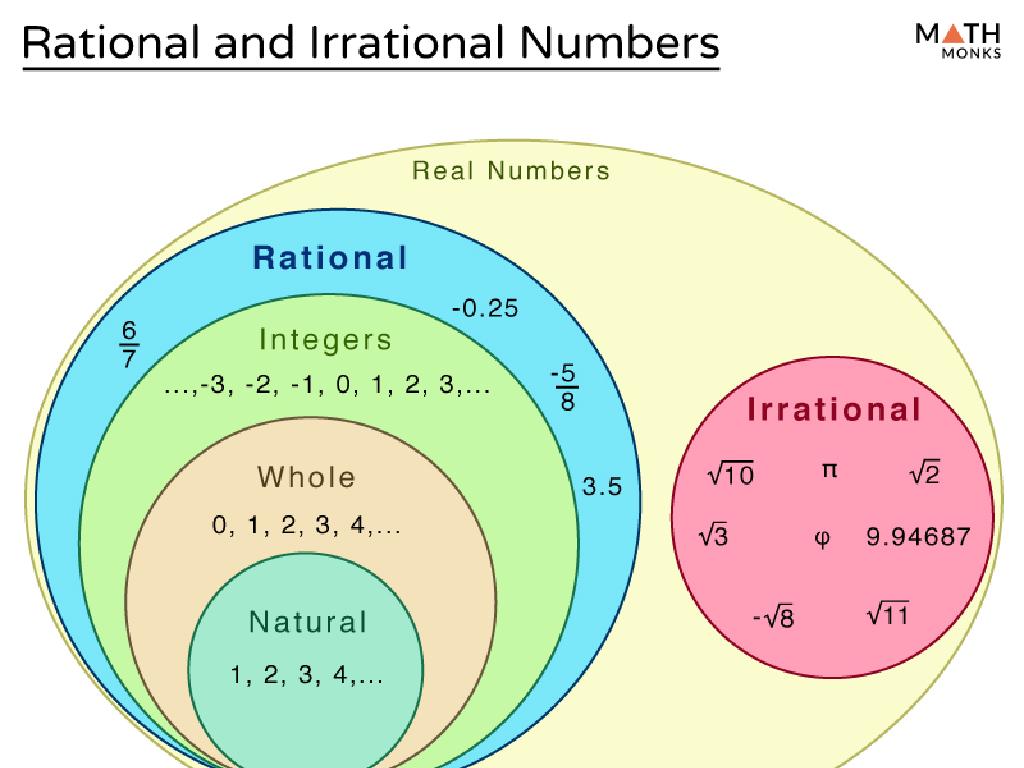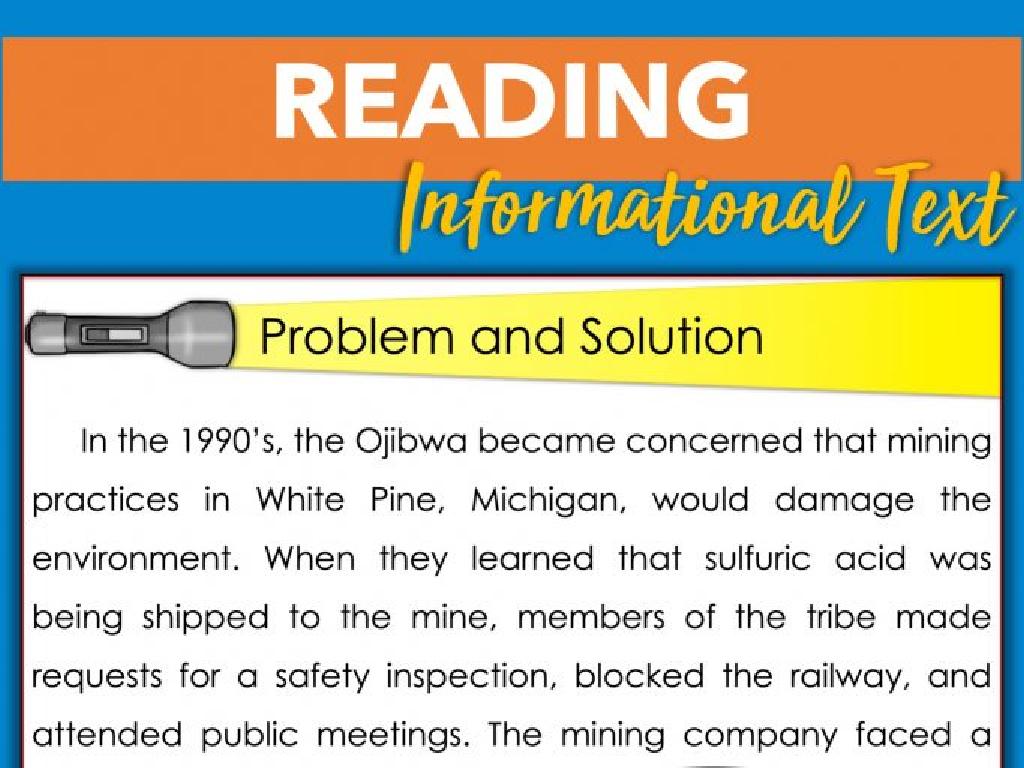Use The Correct Frequently Confused Word
Subject: Language arts
Grade: Seventh grade
Topic: Editing And Revising
Please LOG IN to download the presentation. Access is available to registered users only.
View More Content
Navigating Frequently Confused Words
– Understanding confused words
– Words that sound alike but have different meanings, e.g., ‘there’ and ‘their’.
– Importance of word choice
– Using the correct word is crucial for clear communication.
– Examples of similar sounding words
– ‘Accept’ vs. ‘except’, ‘affect’ vs. ‘effect’, ‘principle’ vs. ‘principal’.
– Impact of word usage in sentences
– Wrong words can change the meaning or make sentences unclear.
|
This slide introduces students to the concept of frequently confused words, emphasizing the importance of using the correct word to maintain clarity in communication. Provide examples of words that sound similar but have different meanings and usages. Explain how choosing the wrong word can lead to misunderstandings. Encourage students to think critically about word choice and to use context as a guide. Offer strategies for remembering the differences between commonly confused words, such as mnemonic devices or word association. This foundational understanding will help students in their writing and editing processes.
Understanding There, Their, & They’re
– ‘There’ indicates a place
– Example: Look over there!
– ‘Their’ shows possession
– Example: Their dog is very friendly.
– ‘They’re’ is a contraction
– Example: They’re going to the park.
– Practice with sentence examples
|
This slide is aimed at helping students distinguish between ‘there,’ ‘their,’ and ‘they’re,’ which are often confused in writing. ‘There’ is used to refer to a place or position, ‘their’ is a possessive adjective indicating ownership by a group, and ‘they’re’ is a contraction of ‘they are.’ Provide clear examples for each word in a sentence to illustrate their proper usage. Encourage students to create their own sentences using these words to reinforce their understanding. During the next class, review these examples and ask students to correct sentences that misuse these words.
Understanding ‘Your’ vs. ‘You’re’
– ‘Your’ shows possession
– It means something belongs to you, e.g., ‘Is this your book?’
– ‘You’re’ is a contraction
– It’s short for ‘you are’, e.g., ‘You’re going to love this book!’
– Examples in sentences
– Practice using them correctly
– We’ll do exercises to reinforce the correct usage.
|
This slide aims to clarify the difference between ‘your’ and ‘you’re’ to help students avoid common mistakes. ‘Your’ is used to indicate that something belongs to the person you are talking to. ‘You’re’ is a contraction that stands for ‘you are.’ Provide clear examples to illustrate the proper use of each word in sentences. Encourage students to come up with their own examples. As a class activity, students can write sentences using both words correctly and share them with the class. This will help reinforce their understanding and provide practice in editing and revising their work.
Understanding ‘Its’ vs. ‘It’s’
– ‘Its’ indicates possession
– Similar to ‘his’ or ‘her’ for objects or animals
– ‘It’s’ is a contraction for ‘it is’ or ‘it has’
– Use ‘it’s’ where you can say ‘it is’ or ‘it has’
– Examples of ‘Its’ in sentences
– The cat licked its paws after the meal.
– Examples of ‘It’s’ in sentences
– It’s been raining all day.
|
This slide aims to clarify the difference between ‘its’ and ‘it’s’, which are often confused in writing. ‘Its’ is a possessive adjective, used to indicate that something belongs to or refers to something. It functions like ‘his’ or ‘her’ but is used for non-gendered nouns. On the other hand, ‘it’s’ is a contraction that can be expanded to ‘it is’ or ‘it has’. Provide students with clear examples to illustrate the correct usage of each. Encourage them to create their own sentences using both ‘its’ and ‘it’s’ to reinforce their understanding. Remind them to always check if ‘it is’ or ‘it has’ fits in the sentence to decide if ‘it’s’ is the correct choice.
Practice with Context: Choosing the Right Word
– Fill in the blanks correctly
– Use context clues to determine which frequently confused word fits.
– Identify words in example sentences
– Analyze sentences to pick the correct word based on context.
– Create sentences with new words
– Apply your knowledge by writing original sentences.
– Understand word usage
|
This slide is aimed at reinforcing the understanding of frequently confused words through practical exercises. Students will engage in an activity where they fill in the blanks in sentences with the correct word, enhancing their ability to use context clues. They will also practice identifying the correct word in given sentences, which will help them to recognize the proper usage in various contexts. Additionally, students will be tasked with creating their own sentences, applying their knowledge creatively. This activity will not only improve their editing and revising skills but also their overall comprehension and writing abilities. Encourage students to think critically about word choice and to use a dictionary or thesaurus if they are unsure about the meanings of words.
Class Activity: Word Hunt
– Find confused words in a book/article
– Explain the author’s word choice
– Consider the context and meaning behind the author’s choice
– Share findings with the class
– Engage in a group discussion
– Discuss how different words could change the meaning
|
This activity is designed to enhance students’ understanding of frequently confused words through practical application. Students will search for commonly mixed-up words in their favorite books or articles, which will help them recognize the importance of context in word selection. They will then explain why they think the author chose a particular word, promoting critical thinking. Sharing their findings with the class will allow for peer learning, and the subsequent discussion will reinforce the concepts. As a teacher, prepare to guide the discussion, correct misconceptions, and provide additional examples if necessary. Possible activities could include comparing student findings, creating a classroom ‘confused words’ chart, or even a friendly competition to see who can find the most examples.
Conclusion: Choosing Words Wisely
– Recap of frequently confused words
– Importance of word precision
– Using the right word enhances clarity and credibility in writing.
– Quick quiz to assess learning
– A few questions to test your grasp of the words we’ve learned.
– Encouragement to keep practicing
– Practice makes perfect! Continue to learn and apply your knowledge.
|
As we wrap up today’s lesson, it’s crucial to revisit the frequently confused words we’ve discussed. Emphasize to students how choosing the correct word can significantly impact the clarity and effectiveness of their writing. To ensure they’ve understood the lesson, conduct a quick quiz with examples of sentences where they have to choose the correct word. This will help solidify their learning and identify areas that may need further review. Encourage students to continue practicing beyond the classroom by reading extensively and writing regularly, paying close attention to word choice. Remember, mastering language is a journey, and every step of practice is valuable.





